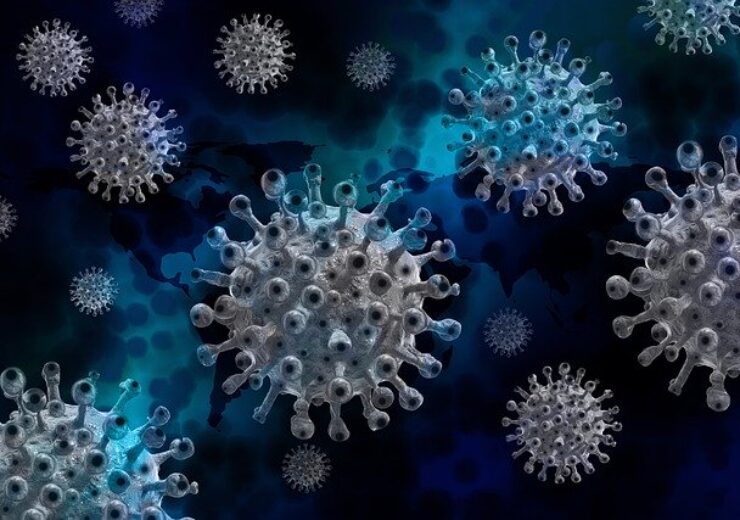The new Flu Plus test will help healthcare providers to precisely identify the most prevalent viruses associated with respiratory illnesses

Eurofins Diatherix has introduced new Flu Plus test to detect Covdi-19 and five additional viruses. (Credit: Gerd Altmann from Pixabay)
Eurofins Diatherix has introduced a new Flu Plus test for the identification of SARS-CoV-2 and five additional viruses.
In April this year, Diatherix secured emergency use authorisation from the US Food and Drug Administration (FDA) for its SARS-CoV-2 virus test.
Diatherix’s new Flu Plus test is composed of unmodified EUA approved SARS-CoV-2 virus and five additional viral pathogens, which will enable healthcare providers to precisely detect the most prevalent viruses associated with respiratory illnesses.
The five viral pathogens consist of Influenza A, A(H1N1)pdm09, Influenza B, Respiratory Syncytial Virus (A&B), and Human Rhinovirus/Enterovirus, which distract the recovery of high-risk patients.
The new Flu Plus test complements the company’s existing Covid-19 testing solutions
Diatherix’s new test is said to complement the company’s existing Covid-19 testing solutions, including the SARS-CoV-2 single target test.
The company offers six specimen collection methods such as nasal swab, nasopharyngeal swab, nasopharyngeal aspirate/wash, throat swab, bronchial aspirate, and sputum specimen swab.
Eurofins Diatherix SARS-CoV-2 virus test has been authorised to identify only nucleic acid from SARS-CoV-2 and not from any other viruses or pathogens.
The company applies target enriched multiplex polymerase chain reaction (TEM-PCR) molecular technology to offer high throughput and one-day results.
TEM-PCR has been designed to address the challenges that arise with conventional laboratory methods, as well as to detect bacteria irrespective of recent antibiotic use and difficult-to-culture pathogens.
In July this year, Eurofins Technologies introduced a serology-based total antibody (IgG, IgA and IgM) detection ELISA assay to rapidly identify persons who have been exposed to Covid-19 disease.
